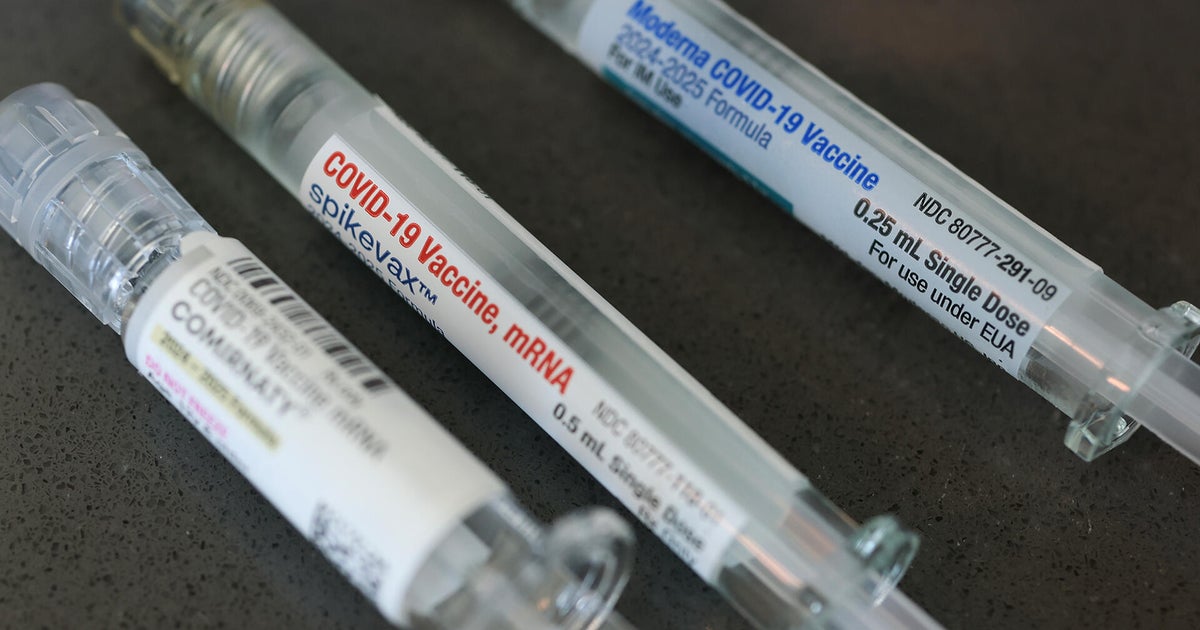By Mary Comber
September 1, 2025 — 5.00am
“Calories in, calories out.” For more than a century, this simple formula has underpinned popular weight-loss advice. Eat fewer calories than you burn, and the fat will melt away – or so we’ve been told.
But despite religiously logging our food intake and chasing 10,000 daily steps, millions of us still struggle to lose weight. In fact, evidence suggests calorie counting may only be serving to make us fatter.
Now, as obesity rates continue to climb, nutrition experts say it’s time to ditch this outdated approach. Latest science shows weight control is far more involved than “energy in versus energy out”. We are complex machines, and a host of factors – including biology, hormones, food quality, and even how fast we eat – affects how we use the calories we consume.

Everything you’ve been told about weight loss is probably wrong.Credit: Shutterstock
“Calories only tell you how much of a food you’re eating – nothing about the quality,” says Giles Yeo, the professor of molecular neuroendocrinology and program leader at the MRC Metabolic Diseases Unit at the University of Cambridge. “And that matters. Two-hundred calories of doughnuts has a very different impact on the body than 200 calories of steak.”
Here are five myths about calorie counting you might have fallen for, and what you can try instead to really help you lose weight – and keep it off.
Myth one: The most important thing to read on a food label is the number of calories
Put simply, a calorie (short for kilocalorie) is a unit of energy found in food or drink. One kilocalorie (kcal) is the amount of energy it takes to raise the temperature of one litre of water by one degree Celsius. The body uses this energy to power its essential functions.
On paper, calorie counting should work. “From a physics perspective, clearly you have to burn more calories than you eat to lose weight,” says Yeo.
Loading
The flaw in this diet approach lies in how we measure calories in the first place. “We eat food, not calories,” says Yeo. “The number of calories your body can extract from a food varies hugely, depending on its type – but that variation isn’t reflected in the numbers you see on food labels.”
Today’s calorie values are still based on a 125-year-old system developed by biochemist Wilbur Atwater, who calculated that protein and carbohydrates contain four calories per gram, and fat nine. But what Atwater didn’t account for is the energy (calories) our bodies expend metabolising these macronutrients.
“For every 100 calories of protein listed on a label, your body can only absorb around 70 – the rest are lost as heat,” explains Yeo. “Fat is energy-dense, so we absorb almost 100 per cent. Carbohydrates fall somewhere between 90 to 100, depending on whether it’s sugar or a complex carb.”
In short, we’re counting the wrong calories. “They’re useful for comparing portions of the same food – say, 100 versus 200 calories of chips,” says Yeo. “But people get fixated on hitting, say 400 calories, without considering whether that’s from sugar or steak.”

Food labelling often only adds to the confusion.Credit: iStock
What actually works
“Instead of counting calories, focus on improving the quality of your diet,” says Yeo. “Aim to get 16 per cent of your energy from protein, 5 per cent or less from free sugars (like honey, maple syrup, fruit juice) and 30 grams of fibre a day (double the current average). Then, if you still need to lose weight, just eat less of that healthy diet.”
Myth two: We all metabolise calories in the same way
We all know someone who seems to eat whatever they like and never gain weight. While UK government guidelines recommend 2000 calories a day for women and 2500 for men, actual requirements vary hugely, depending on your age, size, muscle mass and activity level.
But that’s just where the differences start: “There’s a huge variability in how people process food, and how many calories they actually absorb from the same food,” says Sarah Berry, a professor of nutrition at King’s College London and chief scientist at Zoe.
A Zoe Predict study of over 1000 people, including identical twins, found striking differences in blood fat and insulin responses to identical meals. This affects how calories are used, stored or turned into body fat.
Clearly, it’s not just what we eat, but how our bodies handle it.
Loading
“The variation could be due to all sorts of factors, from how thoroughly you chew your food, to how much is absorbed by your gut microbiome, or even whether you’ve had a bad night’s sleep – which can alter your metabolic response,” says Berry.
What actually works
Don’t rely on food labels. “I would be cautious of back-of-pack labelling,” says Berry. “The calories your body absorbs can be very different to what’s listed. And remember: a diet that works for one person may not work for another.”
Myth three: The calories are the same, regardless of how you prepare or eat your food
Do you prefer your vegetables cooked or raw, your fish pie home-made or ready-made? The way food is processed and prepared can significantly impact how many calories your body absorbs, says Berry.
“Many foods, like nuts, grains and vegetables, have nutrients (including calories) encapsulated inside rigid cell walls,” she explains. “That means some escape digestion and are lost in your poo.” For instance, whole almonds can provide 25 to 30 per cent fewer calories than the label suggests.
Cooking or processing breaks down this “food matrix”, making nutrients more easily absorbed in the body. A raw stick of celery contains just six calories, but that jumps to 30 once it’s cooked.
“Two plant-based products [like smooth versus crunchy peanut butter, or whole versus refined oats] may have identical ingredients and back-of-pack labelling,” says Berry. “But the way your body processes them, and the calories you absorb, can be very different.”

The way we prepare food affects how the body processes it.Credit: iStock
Ultra-processed foods (UPFs) and ready meals are so broken down, they’re effectively pre-digested. As a result, your body expends less energy metabolising them. A study in Food and Nutrition Research found people burned 50 per cent fewer calories digesting a UPF meal than a wholefood version containing the same calories.
What actually works
“Focus on eating whole [unprocessed] foods,” says Berry. “This slows down the speed you metabolise your food and, in some instances, reduces your energy intake. Rely less on soft, heavily processed foods – they’re eaten faster, so you tend to consume more calories.” A study in Cell Metabolism found people on a UPF diet ate an extra 500 calories a day, compared with when they were on a minimally processed diet.
Myth four: Calorie counting helps keep weight off
“Calorie counting can help with initial weight loss, but it’s actually not as effective for keeping the weight off,” says Berry. “Around 50 per cent of the weight is regained within two years, and 70 per cent within five.”
Why? Because your brain is wired to defend the body’s fat stores, in times of scarcity. “Your body is really clever at protecting its set weight,” says Berry. “It slows your metabolic rate so you burn fewer calories, increases your appetite to an even higher extent, and makes you less inclined to exercise – all to regain the weight you’ve lost. This ‘perfect storm’ can persist for years, making it easy to rebound.”
Loading
What actually works
“Slow, steady weight loss is more sustainable than calorie counting,” says Berry. “Switch to a more holistic approach to your diet and lifestyle.” That means eating foods that keep you feeling full such as oats, whole grains and eggs. “It’s why weight-loss drugs work – they suppress hunger,” says Yeo. “High-protein, high-fibre foods take longer to move through the gut which raises GLP-1, a hormone that curbs your appetite, like a subtle Ozempic effect.”
Myth five: Food labels are accurate and tell you exact calories of the food
Still tempted to rely on back-of-pack calorie counts? Be warned: manufacturers are legally allowed a margin of error of up to 20 per cent.
“Ingredients, such as crisps, are never identical, so the calorie counts on packs are averages,” says Yeo. “Even if you’re meticulously tracking everything you eat, the numbers can still be off.”
If you’re eating out, the gap can be even greater. Research from the National Resources Institute shows your innocent-looking pub lunch or bowl of pasta could pack up to 50 per cent more calories than the menu states, due to variable portion sizes.

Choose unprocessed foods that are high in fibre and nutrients for long-term weight maintenance.Credit: iStock
What actually works
“Avoid obsessively checking individual calorie numbers, and focus on the quality of your overall diet across the week,” says Yeo. “We also need better labelling. Traffic-light systems should highlight protein, fibre and free sugars, not just fat and calories. That way, people can make smarter choices without needing a degree in nutrition.”
The Telegraph, London
Make the most of your health, relationships, fitness and nutrition with our Live Well newsletter. Get it in your inbox every Monday.
Most Viewed in Lifestyle
Loading


















































